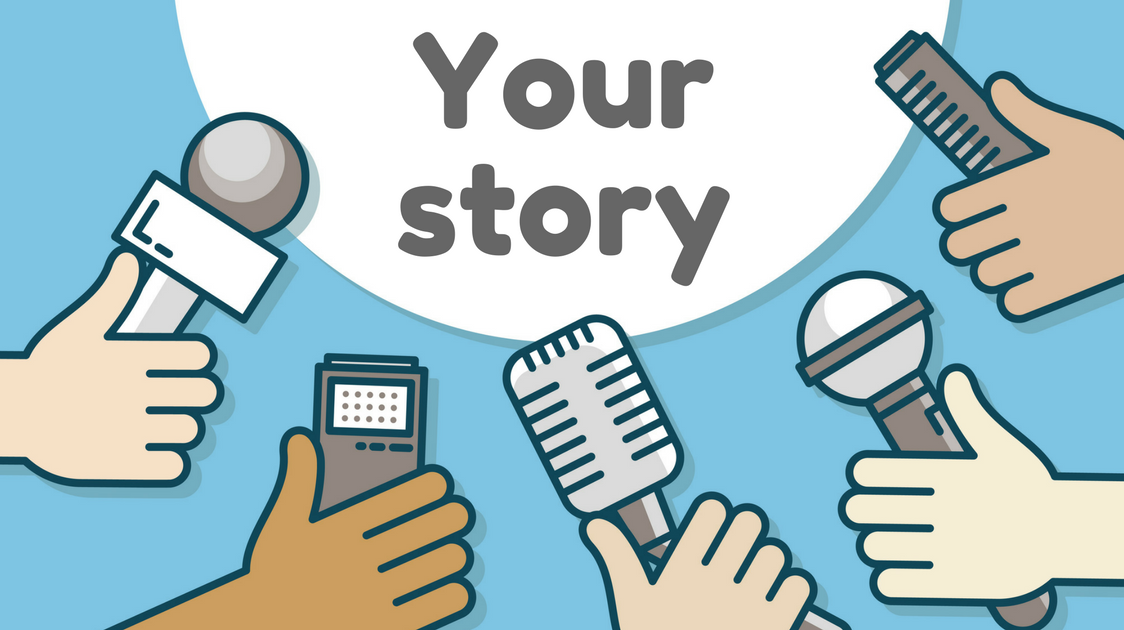Pitching a reporter, editor, or freelance journalist is not always as simple as sending a concise email with information on a specific angle or story idea. According to MuckRack’s State of PR 2021, 34% of PR pros said that finding and interacting with journalists is one of their biggest challenges. While finding the right reporter can be tough enough, a common mistake PR pros make is coming on too strong with an initial pitch, expecting a reporter to jump and write a feature story right out of the gate. Instead, a great way to engage with reporters – especially ones you are trying to forge new relationships with – is PR source pitching.
Source pitching is when you reach out to a reporter and let them know you have one (or several) individuals who can speak broadly on topics related to the reporter’s coverage area (WITHOUT needing to speak about their own company to do so). This allows the reporter to not only get to know your clients and their expertise, but to also get to know you as a PR professional and your willingness to provide sources for their stories.
As a media relations manager at FischTank PR, I’ve generated hundreds of results and made wonderful relationships by source pitching. Here’s how I’ve done it:
Communicate.
When you are in touch with a reporter for a specific angle, ask them what other types of stories and sources they are looking for. Even if they say no to what you initially reached out to them with, you may find they are working on something that you could offer your client for. For example, I finished working with a reporter at VeryWell Family and I asked her what types of stories she is working on. It turned out that one of my other clients ended up being a fit for one of her ongoing projects, and I was able to connect them. I also send reporters I work with full lists of clients that I think they would be interested in, which I include spokespeople names, links, and brief descriptions.
Research!
Please do your research before pitching and calling a reporter for a specific topic or a source pitch. Before calling anyone in the media, I check their websites (if they have one), their individual author pages, social media channels – mainly Twitter – and their MuckRuck pages to see if they have any notes about not wanting calls. I also check out their most recent stories to make sure I’m not pitching them something they’ve already covered or something out of their beat. I also use the platform Qwoted, and I look to see if they have any previous and current requests in there. The more research you do on a reporter you want to pitch, the more likely you are to have success.
Practice, Practice, Practice!
It is vital to practice and be sure to know the ins and outs of your clients before calling to speak about them. If this is your first time pitching, I’d suggest doing some mock media pitching with colleagues and supervisors. I recommend listening while they make media calls and voicemails before diving right in. If a reporter or editor does not pick up, I usually leave quick, concise voicemails on the specific angle I initially emailed them about while lightly mentioning other topics for which the source is able to speak about.
Be Conversational.
When I get a reporter on the line, I begin with a brief introduction identifying the client I’m representing and the headline of the story I am pitching. If the reporter indicates that the pitch is not a fit for them specifically, then I will ask if they have a colleague who would be a better fit for the story. I may also ask the reporter if they have another story that they are actively working on and what other types of sources they are looking for. I aim to be as conversational, personable, and helpful as I can. But I’m also not pushy – if the reporter is not interested or is on deadline I end the conversation and let them know I’ll reach back out at another time.
For example, I was working with a reporter at Yahoo Finance with whom I have spoken previously regarding one of my clients. On this call, I mentioned another client I work with, which led to the reporter showing interest in having that client on a segment as well. I take detailed notes during my phone conversations with reporters. After each call, I send them an email thanking them for their time and I include a source list. Phone calls have led me to some of my top results with media contacts such as Yahoo Finance, Bloomberg, and New York Times.
Source pitching reporters over email and phone conversations is worthwhile because it gives you broad opportunity for coverage. It’s sort of like going out to eat – you may think you know what you want until you see the whole menu. This practice can also help give them story ideas and make you a key contact to them for media sources.



